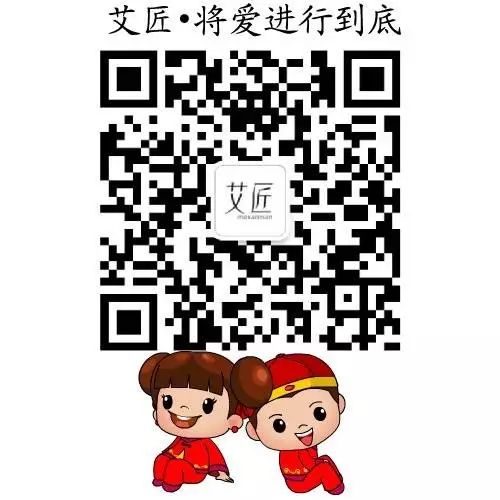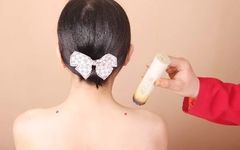
The reason moxibustion has become a popular health practice among modern people is due to its green, natural, safe, and side-effect-free properties.Generally, for different ailments, Traditional Chinese Medicine (TCM) will provide multiple acupuncture points; with so many points, which one should be treated first?
Many people may not be clear about this, as it is similar to taking Western medicine before or after meals; the timing can affect the absorption of the medicine.Likewise, the order of moxibustion points plays a significant role in the efficacy of the treatment. Today, we will discuss the sequence of moxibustion!
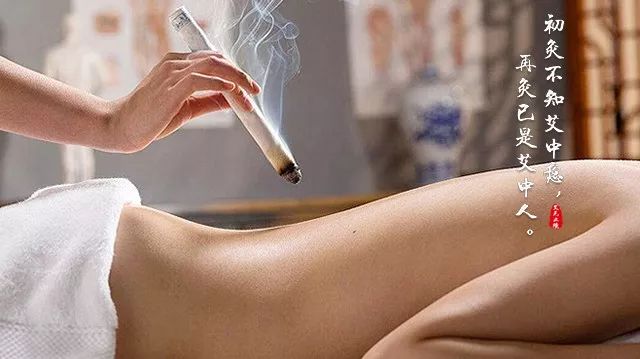
 01 Sequence of Moxibustion Points
01 Sequence of Moxibustion Points
Sun Simiao, known as the “King of Medicine,” clearly recorded in his work “Qianjin Fang”:Moxibustion should follow the principle of treating Yang before Yin, left before right, and upward before downward.
How are the various parts of the human body classified into Yin and Yang?
As an agricultural nation, ancient people generally lived with their faces toward the earth and their backs toward the sky.Therefore, TCM categorizes the back and upper body as Yang, while the abdomen and lower body as Yin.In the theory of Yin and Yang, the head is Yang, and the feet are Yin; the left side is Yang, and the right side is Yin.
Thus, according to traditional TCM theory, the sequence of moxibustion treatment is generally:
First treat the upper body, then the lower body
First treat the back, then the abdomen
First treat the head and torso, then the limbs
First treat the left side, then the right side
When performing moxibustion for daily health care, following the above methods will yield excellent results.Of course, TCM emphasizes dialectical treatment, and many methods for regulating ailments are not singular; generally, the priority is to alleviate symptoms first, such as treating the Ah Shi points and other key points.
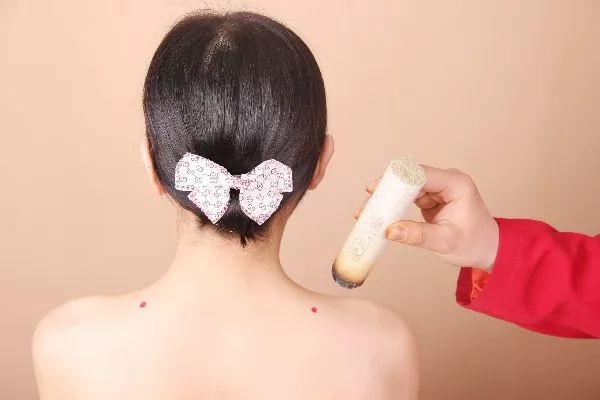
 02 Best Timing for Moxibustion
02 Best Timing for Moxibustion
According to the “Neijing: Ling Shu”:Ancient people divided the day into four periods corresponding to the four seasons: morning as spring, noon as summer, sunset as autumn, and midnight as winter.
Specifically, the time divisions are:
From 3 AM to 9 AM is the spring of the day, called “Day Spring”
From 9 AM to 3 PM is the summer of the day, called “Day Summer”
From 3 PM to 9 PM is the autumn of the day, called “Day Autumn”
From 9 PM to 3 AM is the winter of the day, called “Day Winter”
In the morning, both nature and the body’s Yang energy begin to rise; utilizing this time for moxibustion can yield twice the result with half the effort, especially for those with Yang deficiency or Qi deficiency, such as those who feel cold, have cold hands and feet, low immunity, or loose stools.
Of course, depending on different constitutions and ailments, the timing for moxibustion varies; for example, to regulate spleen and stomach function, moxibustion can be performed from 9-11 AM, for kidney nourishment from 5-7 PM, and for insomnia before sleep.
Generally, the best times for moxibustion for health maintenance are: 10-11 AM; 2-4 PM.
 03 Seasonal Moxibustion
03 Seasonal Moxibustion
1. In terms of seasons, moxibustion is most effective in summer and winter.
Summer, especially during the three hottest days, is when Yang energy is at its peak; at this time, the body’s Yang energy is strongest, and metabolism is vigorous.With the Yang energy from the heavens descending and the earth’s heat rising, the energies of heaven and earth converge; thus, the body should align with this natural order to nourish Yang.
At this time, moxibustion can not only resist summer heat and humidity but also store Yang energy for autumn and winter, allowing for sufficient Yang energy to combat Yin cold, thereby enhancing disease resistance throughout the year.
In winter, especially during the coldest days, Yang energy is stored, Qi and blood circulation is poor, skin is dry, and pores are closed. Performing moxibustion during this time can warm Yang, boost Qi, and enhance resistance.
Therefore, performing moxibustion every winter, especially during the coldest days, can strengthen and consolidate the effects of summer moxibustion.
2. Throughout the year, moxibustion during the solar terms is most effective.
Humans are influenced by the energies of heaven and earth.During the solar terms, the changes in the energies of heaven and earth are dramatic.
Spring and summer are Yang, with spring being warm and summer hot; the transition from spring to summer is a natural elevation; autumn and winter are Yin, with autumn being cool and winter cold; the transition from autumn to winter is a natural storage.
However, the transition from summer to autumn is different; summer is Yang and autumn is Yin, requiring a pivot.This pivot is the Shao Yang, known as the fire of the Yang, which can reverse the upward floating Yang energy into a stored state;
The same applies to the transition from winter to spring; winter is Yin and spring is Yang, which also requires a pivot.This pivot is the Shao Yin, known as the fire of the ruler, which can reverse the closed state of Yang energy into an elevated state.
Thus,the human body has two pivots, one is Shao Yang and the other is Shao Yin, both of which belong to fire.Humans use fire as a pivot because life itself is a form of Yang energy.Life originates from the sun, which is fire; thus, life is established on fire.The changes of Yin and Yang in life require fire as a pivot.
In nature, there are changes in the rise and fall of Yin and Yang; Yang rises and Yin falls, reaching extremes and then reversing; thus, the two solstices (summer and winter) are major nodes;the balance of rise and fall, equality of Yin and Yang, the two equinoxes (spring and autumn) are also important nodes;and the four beginnings (Lichun, Lixia, Liqiu, Lidong) are also major nodes.
The six Qi changes also have six nodes, including the Great Cold, Spring Equinox, Grain Full, Great Heat, Autumn Equinox, and Light Snow.These are significant nodes and the times when the pivot must function.
During the solar terms, human Qi also changes dramatically, and Qi movement can become stagnant, making those with weak constitutions prone to illness, or even exacerbating existing conditions.To navigate these changes smoothly, fire is needed to pivot.
Moxibustion uses pure Yang fire, so it is said that about a week before and after the 24 solar terms is an excellent time for moxibustion to prevent and regulate diseases, and should not be missed.
It is recommended that during the solar terms, one should use energy-balancing moxibustion, specifically moxibustion on the Zhongwan (中脘), Shenque (神阙), and Guanyuan (关元) points for health maintenance, which can help eliminate dampness, dispel wind, and support Yang.
1
Moxibustion on the Zhongwan point
[Function]The Zhongwan point is where the Hand Taiyin, Hand Shaoyang, and Foot Yangming meridians converge, and it is a meeting point of the Ren meridian.It can regulate all organ diseases (stomach, gallbladder, pancreas, large and small intestines), especially stomach diseases, with effects of strengthening the spleen, dispelling dampness, promoting the Qi movement of the middle jiao, and tonifying the middle Qi.The stomach is known as the sea of the five organs and six bowels, hence it is said, “Those who gain stomach Qi live, those who lose stomach Qi die.”Therefore, the first step for any patient should be to harmonize the stomach Qi; when the stomach Qi is harmonized, the Qi of food is generated, making this point essential for health maintenance.
[Location]The Zhongwan point is located on the midline of the upper abdomen, 4 cun above the navel.
[Time]Moxibustion for 10-15 minutes.
2
Moxibustion on the Shenque point
[Function]The Shenque point is the most secret and crucial point for human life, known as the longevity point.It is an important point located on the midline of the Ren meridian, serving as the gateway for the spirit to enter and exit the body.Moxibustion on the Shenque can regulate symptoms of physical weakness and deficiency.
[Location]The Shenque point is located in the center of the abdomen, at the navel.
[Time]Moxibustion for 10-15 minutes.
3
Moxibustion on the Guanyuan point
[Function]The Guanyuan point is where true Yang resides and where essence is generated; it is a major point for enhancing Yuan Qi.Moxibustion on the Guanyuan can promote the rise of clear Yang, the descent of turbid Yin, warm the Yuan Yang, enrich the blood, and can tonify the kidneys, stabilize the foundation, replenish Qi, and regulate the Chong and Ren meridians, invigorating blood circulation.
[Location]The Guanyuan point is located on the midline of the lower abdomen, 3 cun below the navel.
[Time]Moxibustion for 10-15 minutes.
 04 Best Days of the Month for Moxibustion
04 Best Days of the Month for Moxibustion
The first eight days of the lunar month are the days of rising Yang, from the new moon to the waxing crescent.
During the new moon, the moon phase has not yet appeared, but Yang energy is already moving, unlike the waning moon which signifies the end of Yang.This is the beginning of Yang.Although not yet visible, the Yang energy is entirely different.
At this time, it can be associated with the Kun hexagram, but it is at the end of Kun, the beginning of Yang movement.During the waxing crescent, Yang energy begins to rise, and the moon phase will become visible, hence it is associated with the Zhen hexagram, which signifies the beginning of Yang energy.At this time, one should assist Yang to promote its rise.
The first quarter moon, which is the eighth day of the lunar month, has a half-dark, half-bright moon phase, with Yin and Yang in balance; however, although the moon phase is bright, it is still waning, hence it is associated with the Li hexagram, which signifies the interplay of Yin and Yang.The Li hexagram, in terms of Yin and Yang, represents a balance of both, and is a symbol of the peak of Yang, which is the understanding of the later Heaven Bagua.
Therefore, from Kun to Li, it is the time of the beginning of Shao Yang, and this period corresponds to the first to the eighth day of the lunar month, making it the most effective time for moxibustion in the month.
 05 Best Times of the Day for Moxibustion
05 Best Times of the Day for Moxibustion
According to the “Neijing: Ling Shu”:Ancient people divided the day into four periods corresponding to the four seasons, morning as spring, noon as summer, sunset as autumn, and midnight as winter.
Specifically, the time divisions are:
From 3 AM to 9 AM is the spring of the day, called Day Spring
From 9 AM to 3 PM is the summer of the day, called Day Summer
From 3 PM to 9 PM is the autumn of the day, called Day Autumn
From 9 PM to 3 AM is the winter of the day, called Day Winter
In the morning, both nature and the body’s Yang energy begin to rise; utilizing this time for moxibustion can yield twice the result with half the effort.
It is worth noting that after 11 PM, unless in an emergency, moxibustion should not be performed.
From 11 AM to 1 PM is the noon period, which is the time when the heart meridian is active; the heart belongs to fire in the five elements, and there is an ancient saying, “The time of Zi and Wu is for rest, and the time of Mao and You is for work.” Therefore, noon is also not suitable for moxibustion; if moxibustion is performed at noon, it can easily lead to excessive heat.
The best times for moxibustion for health maintenance are:10-11 AM; 2-4 PM is optimal.
Of course, depending on different constitutions and ailments, the timing for moxibustion varies.
This is closely related to the operating times of the twelve meridians; now a day is 24 hours, while in ancient times it was divided into 12 periods, with each period corresponding to a specific meridian, meaning each period has a meridian that primarily functions and plays a major role in the body.
The 12 periods are:Zi, Chou, Yin, Mao, Chen, Si, Wu, Wei, Shen, You, Xu, and Hai; Zi is from 11 PM to 1 AM, Chou is from 1 AM to 3 AM, Yin is from 3 AM to 5 AM, Mao is from 5 AM to 7 AM… Hai is from 9 PM to 11 PM, completing a full day.
Zi is the gallbladder meridian, Chou is the liver meridian, Yin is the lung meridian, Mao is the large intestine meridian, Chen is the stomach meridian, Si is the spleen meridian, Wu is the heart meridian, Wei is the small intestine meridian, Shen is the bladder meridian, You is the kidney meridian, Xu is the pericardium meridian, and Hai is the Sanjiao meridian.
For example, if there is a problem with the lungs, one cannot simply wake up in the middle of the night to perform moxibustion; at this time, the relationship between the exterior and interior meridians, or the relationship between two meridians with the same name, must be considered.
For instance, the lung meridian and the large intestine meridian are a pair of exterior and interior meridians, like a couple; however, the large intestine meridian operates from 5 AM to 7 AM, which is not suitable for moxibustion.
The lung meridian is the Hand Taiyin meridian, and the Foot Taiyin meridian is the spleen meridian; the lung meridian and the spleen meridian have a same-name relationship, like brothers; the spleen meridian operates from 9 AM to 11 AM, making it suitable for moxibustion to treat lung-related issues.
The lung belongs to metal in the five elements; according to the principle of mutual generation and overcoming in the five elements, earth generates metal, and metal generates water; based on the principle of “if deficient, supplement its mother; if excessive, drain its child,” if the lung is in excess heat, moxibustion can be performed during the kidney meridian’s active time from 5-7 PM, as the kidney belongs to water.
Other principles are similar and can be extrapolated.In fact, it is not a matter of whether morning or evening is better for moxibustion; the key is to address the specific issue at hand.

 06 Precautions for Moxibustion
06 Precautions for Moxibustion
1. Extreme fatigue, excessive hunger, overeating, drunkenness, profuse sweating, and unstable emotions are not suitable for moxibustion.
2. Certain infectious diseases, high fever, coma, convulsions, or extreme physical weakness, such as emaciation, are contraindications for moxibustion.
3. Do not drink cold water or eat cold food during moxibustion; doing so is like extinguishing the fire of moxibustion, which is detrimental to disease treatment.
4. It is best to drink a cup of warm water above body temperature before moxibustion.After moxibustion, it is advisable to drink a cup of hot water around 60 degrees Celsius, slightly hot to the mouth.
5. If you need to wash your hands immediately after moxibustion, use hot water above body temperature, around 50 degrees Celsius.If it is not a rheumatic disease, cold disease, or postpartum wind disease, you can use cool water after 30 minutes; however, in principle, do not rush to use cold water.
6. It is best to take a shower 20-30 minutes after moxibustion; at this time, the meridians are generally in a state of recovery after moxibustion, and the heat from the treatment gradually dissipates and is utilized, making a hot shower feel very comfortable.
Tips for Moxibustion:Preventing Dizziness from Moxibustion
Dizziness from moxibustion is rare, but if it occurs, symptoms may include dizziness, blurred vision, nausea, pale complexion, palpitations, and sweating, and may even lead to fainting.If dizziness occurs, stop moxibustion immediately, lie down and rest, and apply gentle moxibustion on the Zusanli (足三里) point for about 10 minutes.
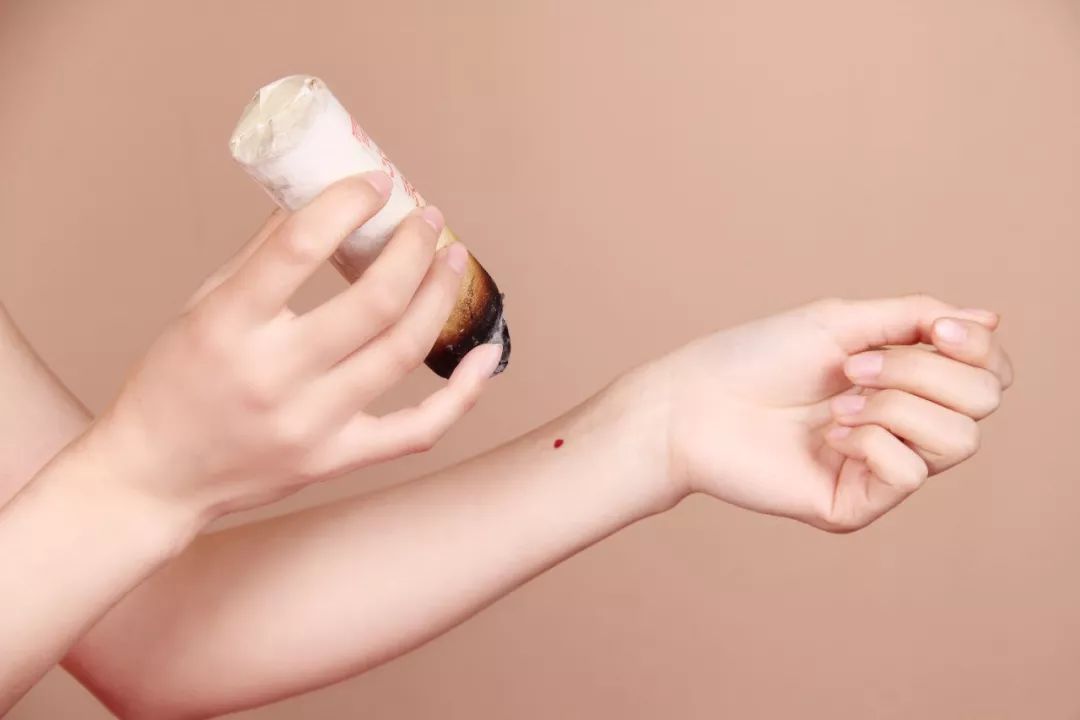
⊙Copyright Statement: The article originates from the internet, and the copyright belongs to the original author. If there is any infringement, please contact the 【Aijiang】 public account for deletion. Thank you.
